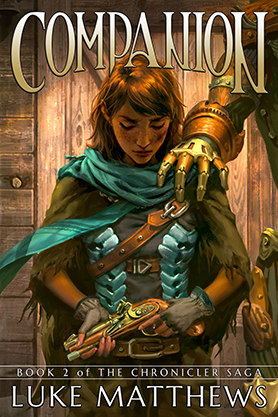Story by Robert Kirkman
Art by Jason Howard
The best Saturday morning cartoons have always straddled the line between acceptable children’s entertainment and referential enough for adults to enjoy. Cartoons like Transformers, X-Men, and Exo-Squad were some of the best at striking that balance. Super Dinosaur has made no bones about the fact that it’s a kid’s book, a Saturday morning cartoon in comic book form. Issue two picks up with SD testing out an awesome new harness while Bruce Kingston reveals some awesome new projects to make SD even more awesome. On the other side of the world, Max Maximus vamps about his secret plans and demonstrates his superiority over all dino-men.
Issue 2 never really settles into an appropriate voice, and feels too self-aware to ever appeal to an adult audience. To put it in the simplest terms: it’s trying too hard. The book touches on every superficial subject that would appeal to its target demographic from awesome dinosaur fights to awkward parental relations to teen angst to friendship to feeling like a misfit. Kirkman tries to cram all of this into a single issue and ladles in enough “Awesome!”s to choke McCauley Culkin (three in the first panel!). In the process he loses sight of the characterizations that would actually make the story interesting.
I understand that I’m not the target market for the book, but at times it almost feels like a failed parody of our favorite cartoons rather than an homage, and never really finds a groove. While it might appeal to a small number of the younger demographic, it doesn’t have the hooks to draw in a wider audience, and is ultimately an unsatisfying attempt at a young reader’s book. Maybe I’m just not awesome enough for it.




